This was our worst hotel breakfast yet. Everything was packed with artificial flavors and sugars. The muffins were all sugar-laden and there were 3 kinds of donuts; the packets of oatmeal were sugary and highly processed; the yogurt contained gelatin; the only cereals were Fruit Loops, Honey Nut Cheerios and Frosted Flakes; even the apples had a thick coat of wax on them. There were no bagels, hard-boiled eggs, non-sugary cereals... only oranges.

The array of packaged, proccessed sugary chemicals

Regan's reaction to trying Fruit Loops for the first time!
We packed up and began the drive to Alamosa. The drive over Wolf Creek Pass was annoying. The speed limit was constantly changing... 40, then 55, then 45, then 50, then 35.



All these dead pine trees are from the pine beetle
The Mountain Pine Beetle is a species of bark beetle native to the forests of western North America. The beetles are a normal part of the forest ecosystem, attacking mostly weaker trees (stress from injury, poor site conditions, fire damage, overcrowding, root disease or old age). Unfortunately, climate change has led to a population explosion, and even healthy trees are falling victim due to the sheer number of beetles.
The beetles bore through the bark into the phloem layer on which they feed and in which eggs are laid. The tree responds to the attack by increasing its resin output in order to discourage or kill the beetles. It isn't the number of holes that kill the tree but rather a blue stain fungi that the beetles carry which blocks the tree's resin response. Over time (usually within 2 weeks), the tree is overwhelmed as the phloem layer is damaged enough to cut off the flow of water and nutrients. In the end, the tree starves to death.
We stopped briefly at a Haefeli's Honey Farms in Del Norte. We bought a couple of sticks of honey while the woman had to keep running after her small white dog who kept getting into the supplies.

We arrived in Alamosa and stopped by the visitor center. We were looking at the various pamphlets of things to do in the area, including one about the UFO Watchtower in the nearby town of Hooper. A woman on the staff walks up and begins telling us a bit more about the place. Apparently her husband is a veterinarian. One day, he is called out to the property to investigate the remains of an 'alien' that was found. His verdict: it was a dead horse that had been picked clean by the birds. But the people there didn't believe him. Suffice to say, we immediately added the place to our list of things to do that day.

The visitor center was located in the old Denver & Rio Grande Railroad Depot, built in 1908. This was not its original location though.


In 1878, Alamosa's first buildings were carried in by train, already pre-built. Miners, bankers, shop keepers, etc, all came in on the same train. The town was literally built overnight and became the main shipping point for all mining activity in the mountains. It was the world's only triple-rail switchyard (to accommodate narrow- and standard-gauge trains).
Directly behind the visitor center was an old railyard. We looked around briefly then wandered around the historic downtown area for a bit.

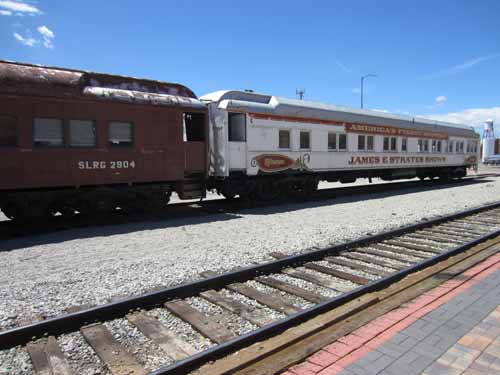
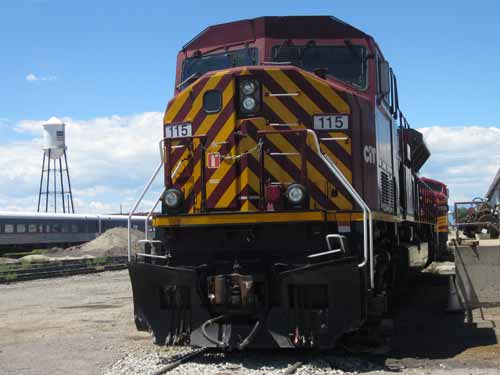


Um.... ok.

The Sacred Heart Church, 1926
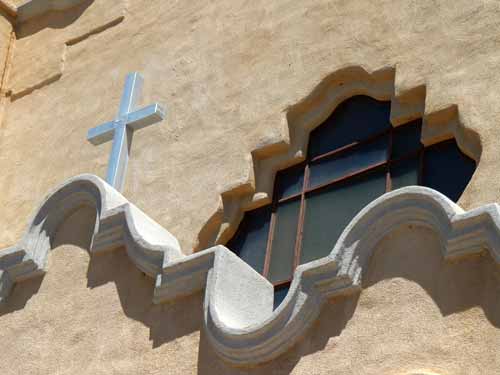


Alamosa County Courthouse




Ok, so it's not quite Mesa Verde climbing, but that roof was still quite steep!



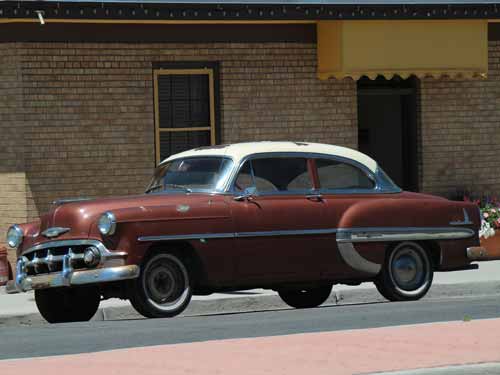

The office of our senator, apparently
We had lunch at the San Luis Valley Brewing Company. They were kind enough to substitute a veggie patty for meat and avocado for bacon for me. Regan also got some free stickers and coasters to send back to friends in New Zealand.

The menu

This went very well with their yummy Oatmeal Stout!
After lunch, we headed over to Cole Park where we saw engine No. 169. Built in 1883, this engine was retired in 1939 when it was sent to the World's Fair in New York to represent the railroads.


On the way out of town, we stopped at a sporting goods store where Regan rented a sandboard for the dunes. Then it was off to the UFO tower!
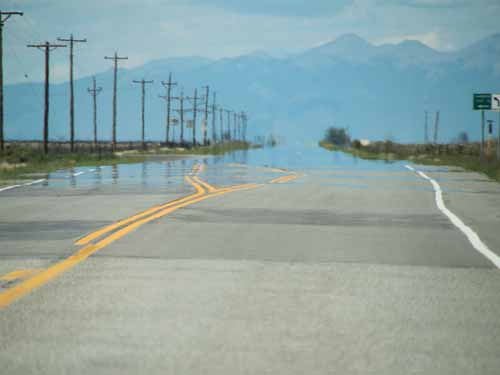
The heat of the day threw a mirage on the road.
A mirage is when light rays are bent to produce a displaced image of distant objects or the sky. The word comes from the Latin word for mirror. In contrast to a hallucination, a mirage can be captured on camera. What the image appears to represent, however, is determined by our minds.
On paved roads it may look as if water has been spilled. This is a type of "inferior mirage" (which simply means that the mirage is located under the real object). When tarmac is exposed to the sun, it can get very hot... easily being more than 10°C hotter than the air just above it. This variation between the hot air at the surface of the road and the denser cool air above it is what causes the refraction of light rays. It shows us the sky, but we see a pool of water on the road.

We drove right past it at first, thinking it should be easy to see a tower. But it turns out it wasn't really a tower... more just a low dome with a platform on it. The road in was lined with all sorts of 'aliens'.


The distant "tower"





